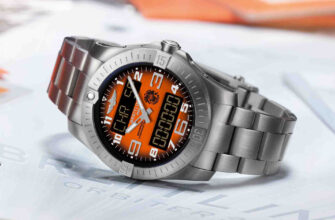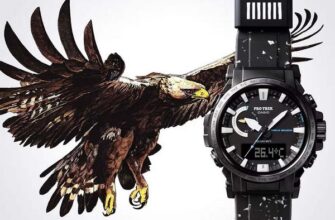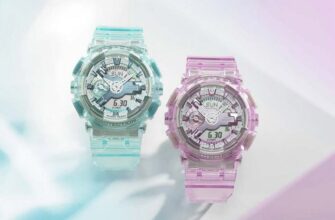Watches are very good, we love them! Especially - wrist. But they are for that and wrist, in order to hold something on the hand. And this topic - watch straps and bracelets - is as interesting as mechanisms, complications, cases, dials ... Let's talk about the main types of watch straps / bracelets.
Bracelet or strap?
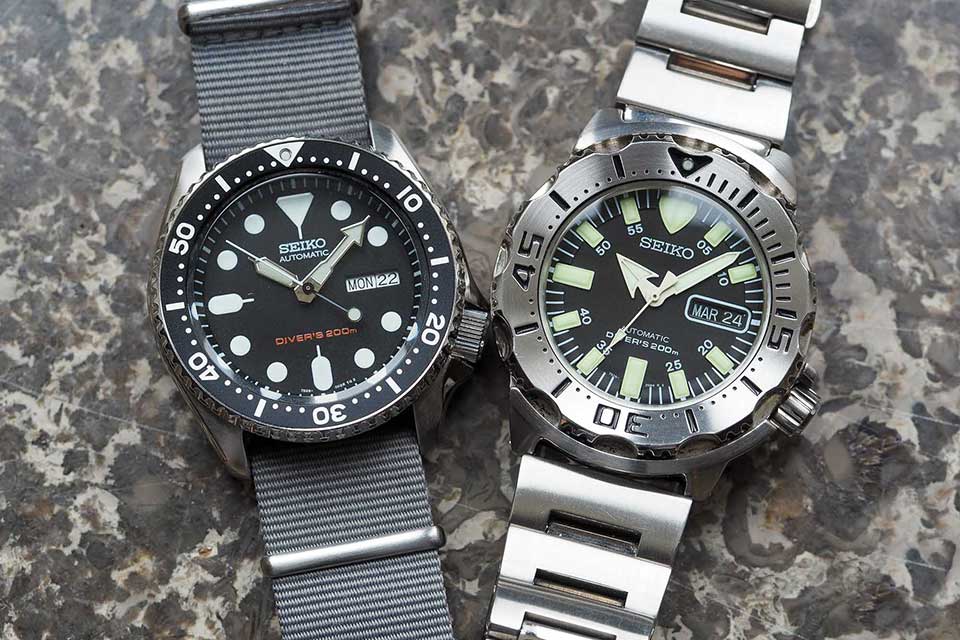
First of all, about the terminology. A watch bracelet is a product consisting of separate links connected to each other. Bracelets are made of metal (steel, titanium, gold, silver, platinum) or ceramic. The strap is a solid product. The straps are made of leather (calf, alligator, exotic species - stingray, lizard, shark, karung, etc.), from rubber, plastic, fabric, nylon, silicone, carbon ... you can list for a very long time!
The bracelet is almost always equipped with a folding clasp, it is also a "butterfly". There is a strap on such a clasp, and on the so-called classic, it is a pin, it is a buckle.
Leather straps

Apart from the aforementioned exotic, the most prestigious of leather straps are those made of alligator leather. Interestingly, the alligator and crocodile are close, but still different types of reptiles. For expensive straps, it is the alligator that is used, since its skin is softer. Alligators "on straps" are bred on special farms. There are many of them in Southeast Asia, but due to the fact that the alligator as a species comes from America, the leather of Louisiana and Mississippi alligators is most highly valued.
For a strap, skin from a reptile's belly is best. From one animal, a maximum of four straps are obtained, and most often two. When cutting, they try to select parts of the skin so that the patterns of both parts of the strap are more or less similar to each other. In general, such straps are also good because the pattern of each is unique.
How is it made?
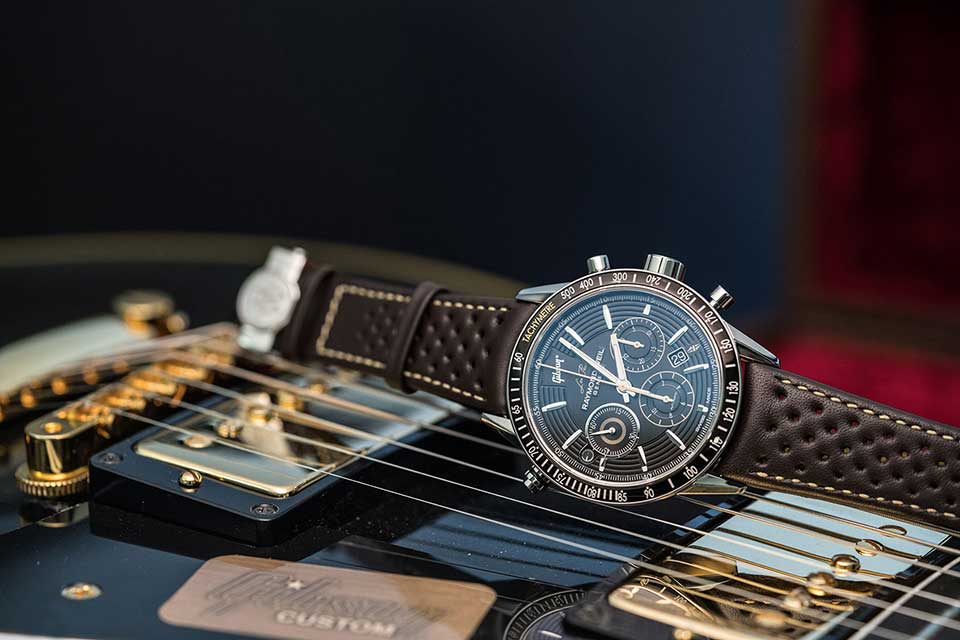
Structurally, a strap usually consists of two parts. And each part, in turn, can have one, two or three layers. The upper one is the most beautiful, the lower one - the lining should be the most comfortable for the wrist, the middle one - the padding - gives the strap bulk. Sometimes the straps are combined: top - alligator, lining - rubber, silicone.
The stuffing is also made of leather or some kind of synthetic material. The layers are reliably glued together. Binding with a thread is gradually becoming a thing of the past, although often, for aesthetic purposes, and sometimes for additional strength, seams are also used. Manual flashing is especially appreciated ...
All of the above is also true for other natural leathers, of which calf is the most common. It is much cheaper, the drawing is much simpler (sometimes they resort to imitation of the "alligator" pattern), one calf gives up to 40 straps, and in terms of durability it is not inferior to more expensive types of leather.
For how long?
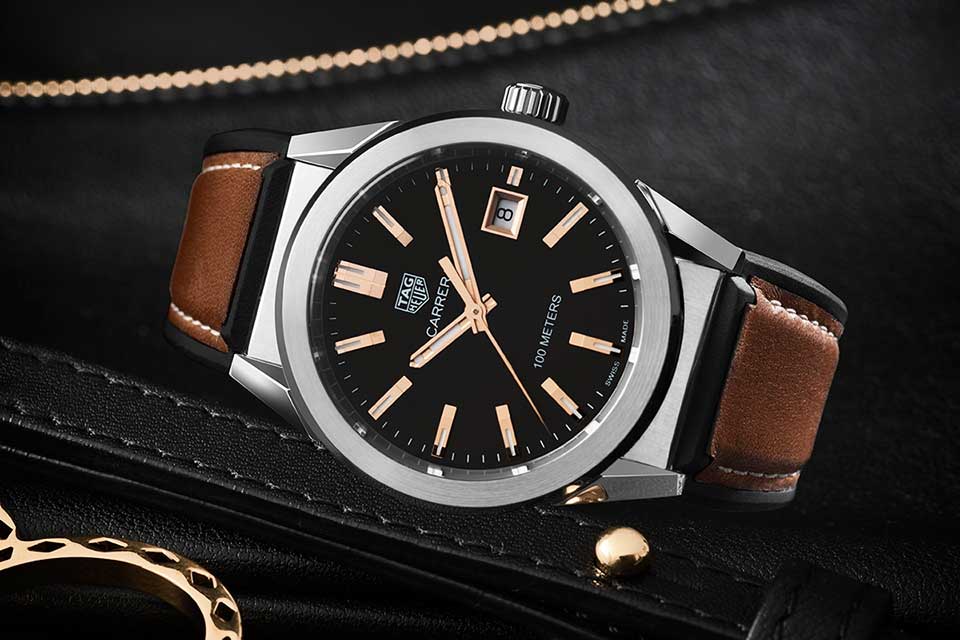
Let's talk about the lifespan of a leather strap. Its main enemies are loads, water, sweat, dirt. A good strap is guaranteed to last six months without losing its appearance, but rather a year, if the owner does not expose it to excessive stress and does not have a particularly caustic sweat. Naturally, wear begins with the lining, from which the aggressive environment - sweat and dirt - is primarily affected. A lining made of something hardwearing, such as rubber, will increase the life of the entire garment.
Lizard skin straps are beautiful and unusual, but they are also the most vulnerable. And the most wearable of leather straps are considered to be cordovan straps - a specially dressed horse leather, and from a certain place on the skin.
Other straps
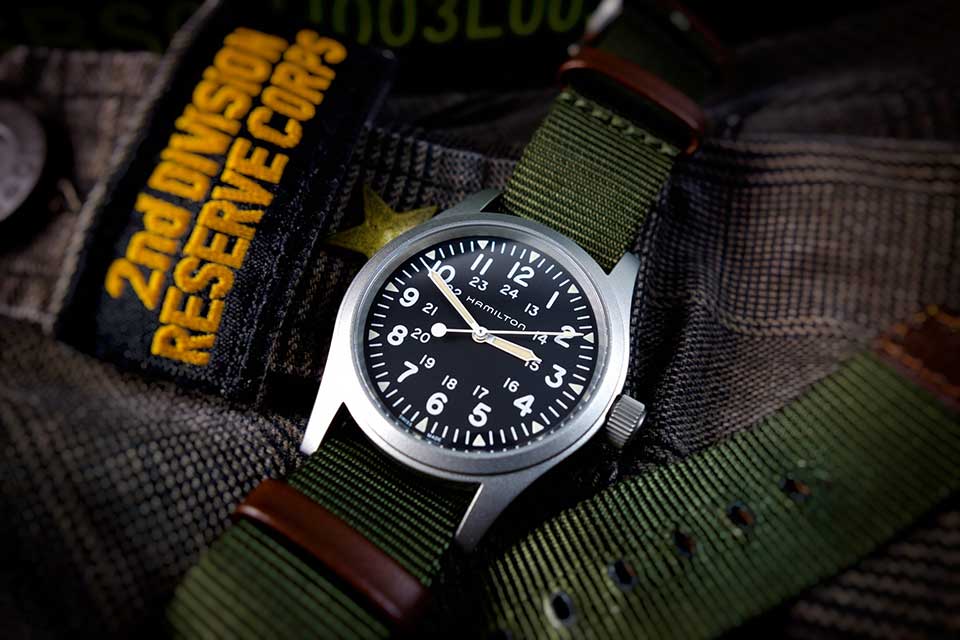
As we have already said, the typical design of the strap involves two parts of it - on one side of the watch case and on the other. The striped NATO straps, on the other hand, are single-piece, which is passed under the case. Of course, the transparent back cover of the watch loses its meaning to some extent, but it is considered more important that the case does not suddenly come off the strap.
NATO straps (like those close to them Zulu) are usually made of hypoallergenic fabric or nylon. Cuff straps (they are also wristbands) are also one-piece. A special type is a strap with the code name "Comrade Sukhov". These straps are characterized by the fact that the watch is tightly clamped between two layers of leather, one of which is molded over the watch case.
Bangles
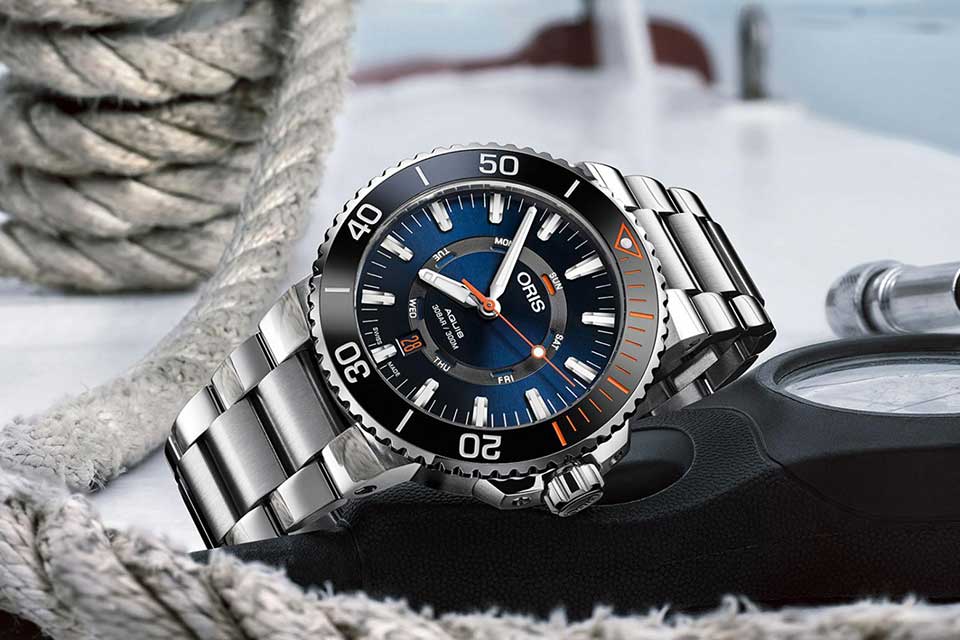
All other things being equal, a bracelet is somewhat more expensive than a strap. And, of course, more durable. True, metal is also subject to wear - for example, it can be scratched. But in case of damage to the "sparing" level, they can be easily eliminated even at home. How to remove dirt that accumulates between the links, as well as in the places where the bracelet is attached to the watch case.
By the way, the so-called integrated bracelets are highly valued: in terms of the fastening structure and design, they form a single whole with the case. You just need to keep in mind that the replacement of such a bracelet can be made only in an authorized service of the manufacturer of this watch brand.
When creating bracelets, designers, engineers, craftsmen do not get tired of developing new forms of links, their edges and edges, connections to each other, etc. etc. Often they use such a technique as alternating the surface treatment of the links: some are polished, others are satin. And in many cases, bicolor bracelets look spectacular, in which some rows of links are made of one metal, while others are made of another (or have a coating of a different color); eg steel / yellow gold combination.
In general, the choice of design, and the very solution to the question "strap or bracelet?" - a matter of taste. The main thing is that the taste is good! For example, you should not hang a "costume" watch on a rubber strap, which is more suitable for diving models, without some good reason.
Special options
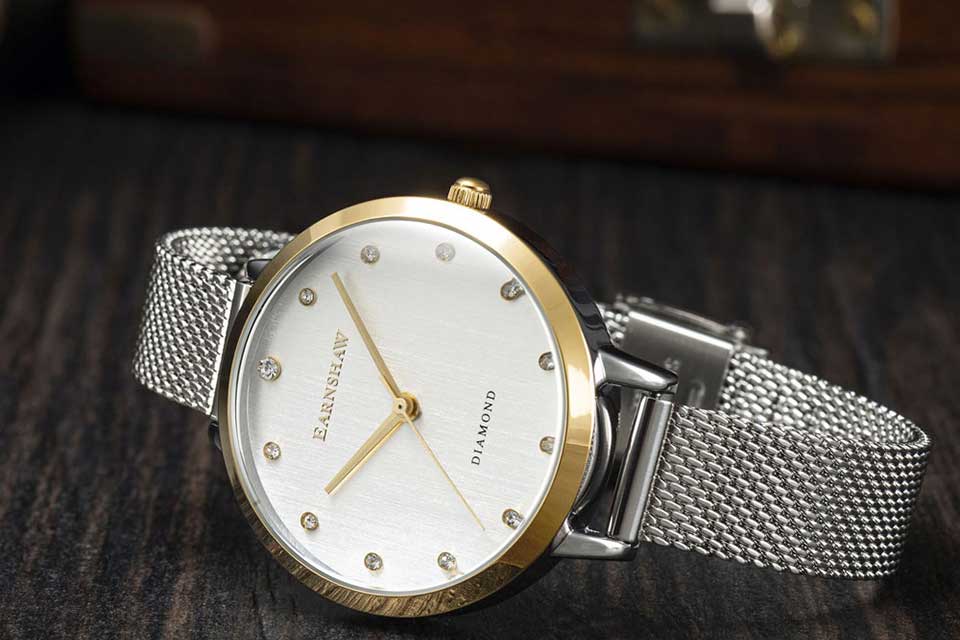
From the very beginning, we noted that the difference between a watch strap and a bracelet is that the first is solid and the second is composite. There are, however, exceptions. It is customary to refer to a product of Milanese weaving as a bracelet. Decorative Milanese weaving originated in the XNUMXth century, it imitates the principle of chain mail. "Fabric" is woven from thin metal threads, cut properly, baked, polished, pressed, cleaned ... a complicated and time-consuming process, but the result is both beautiful and practical.
Slightly more exotic can be considered an elastic bracelet. Remember in Pulp Fiction, Butch (Bruce Willis) gets to his father's watch, forgotten in an abandoned apartment, and puts it on his arm with satisfaction? The links of such a bracelet are strung on elastic threads, the bracelet itself fits the wrist, no fastener is needed at all. Is it convenient? It's not the same for everybody…
And in conclusion, we recall such special straps as made of paracord - a twisted nylon cord used to make parachute lines. If necessary, this strap can be unraveled, you get a long and very strong cable that can help out in a difficult situation.

